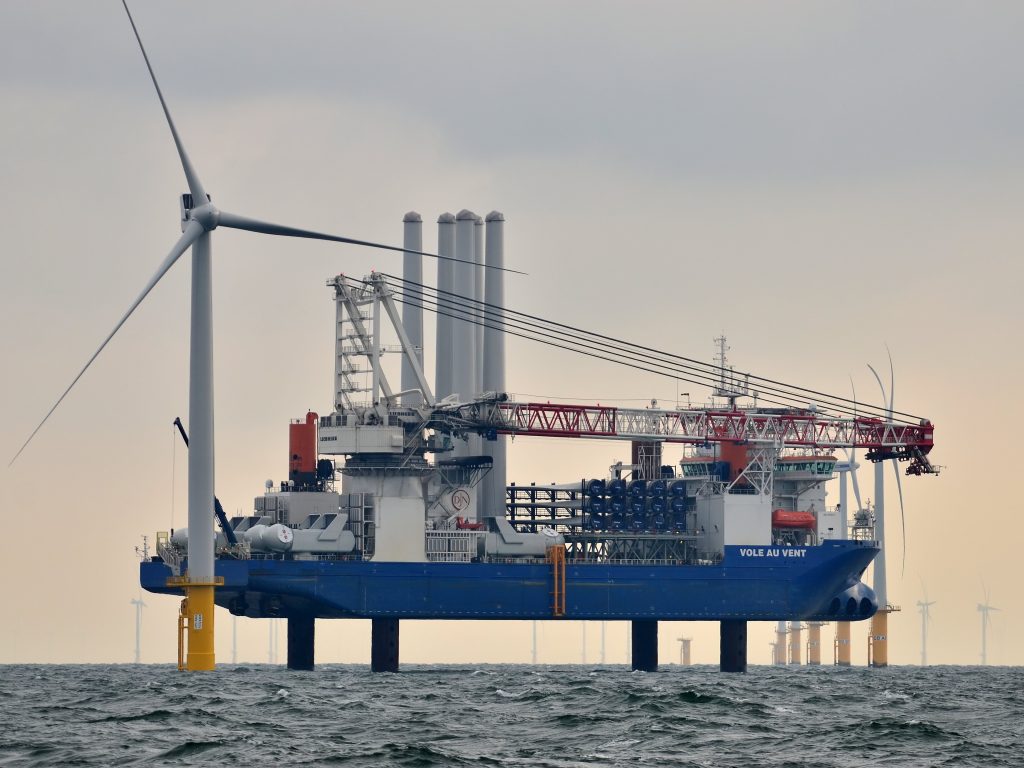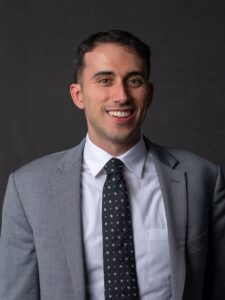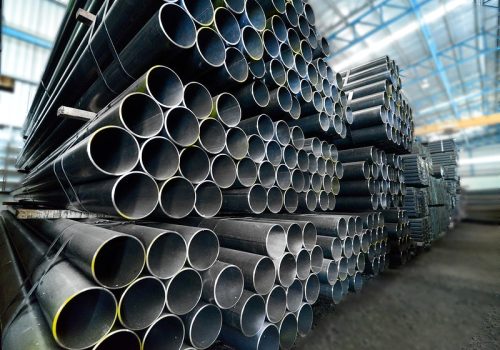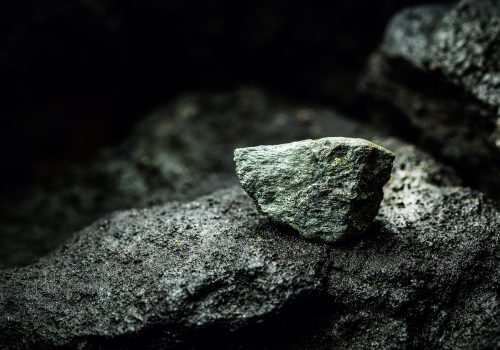The United States aspires to add nearly 30 gigawatts of offshore wind (OSW) generation capacity by 2030, enough electricity to power about 21 million homes. This ambition, if achieved, could aid the United States’ clean energy targets, create a new industry full of middle-class jobs, improve US and allied energy security, and enable green hydrogen. These ends, however, will not be reached with one singular action or initiative. Instead, policymakers and industry leaders should simultaneously pursue several policies.
Reaching the United States’ ambitious offshore wind targets will require streamlining permitting processes and relaxing trade barriers; providing assurance for investors through procurement contracts; carefully building community support; managing stakeholder engagement, especially with respect to fisheries; supporting the emergence of a domestic supply chain; and thinking creatively about how to expand OSW capacity within constraints. Overcoming these challenges will not be easy, but the US has the toolkit to succeed.
Priming wind development through effective policy
National and state-level policies will play an extremely important role in shaping the future of US offshore wind. Federal tax incentives already incentivize project finance and development: offshore wind developers are, under current law, eligible for the business energy investment tax credit, or ITC. This one-time credit covers 30 percent of expenditures for owners and developers of offshore wind facilities that begin construction prior to 2026.
The ITC aims, in part, to spur development of a domestic offshore wind supply chain. Indeed, OSW infrastructure requirements will be substantial. Turbines are massive structures: existing offshore turbine blades often extend further than 90 meters, while the rotors of newer wind turbines exceed 200 meters. Bringing these massive objects from a factory, trucking them across land, and, finally, moving them onto water requires supporting equipment, including highly specialized “wind-turbine installation vessels” (WTIV). These WTIVs are behemoths: the newest jack-up installation vessels have a claimed lifting capacity of 2,500 tons in retracted mode and can install wind turbine components in water depths of 65 meters. As wind turbines become larger and move into deeper waters, installation vessels will become increasingly critical for the US OSW industry.
But the ITC has been unable to set the stage for wider OSW turbine installation using WTIVs, in part because of some controversial federal policies that affect the OSW supply chain. The Merchant Marine Act of 1920, commonly referred to as the Jones Act, requires all vessels providing domestic shipping services to be US-built, US-owned, US-flagged, and US-staffed. Opponents of the Jones Act suggest that it increases the costs of wind turbine installation vessels and hampers the US OSW industry.
Offshore wind developers are pushing for more effective oversight, as many in the industry are grumbling about persistent permitting challenges and delays. Indeed, some industry leaders are calling for the federal government to increase appropriations at relevant regulatory agencies to streamline approval processes.
While federal policy sets macro conditions for the OSW industry, state-level policies can make or break projects. Offshore wind developers often praise New York and New Jersey for creating a “steady diet” of state procurement contracts, which reduced investment uncertainty and helped catalyze further investment in local port facilities. Furthermore, in contrast with Massachusetts and its doomed Cape Wind OSW project, strong, sustained leadership from New York and New Jersey state officials helped to stem local, “not in my backyard” opposition to offshore wind development. The unparalleled insight of state and local actors into community stakeholder concerns means that state policy and leadership can be highly effective and even necessary for successful OSW development.
Building community support for OSW
Project developers can increase support for OSW through early and sustained engagement with various community stakeholders. Some developers and state-level policymakers have found success in emphasizing the economic development benefits for local communities: OSW can generate significant numbers of permanent, middle-class jobs for local communities and provide even greater short-term construction employment. And the revitalization of long-dormant ports can inject dynamism into local communities. Indeed, the New Jersey Wind Port will support up to 1,500 manufacturing, assembly, and operations jobs, in addition to creating hundreds of short-term construction jobs. Importantly, policymakers can easily “pitch” these job-creating investments to local communities, which may be harder to do for other renewables that might be unable to sustain the same levels of long-term employment or reach grid scale in certain communities with limited solar or onshore wind resources. Finally, working with local unions can generate community support for OSW and create stakeholders amenable to wind development.
The fishery industry, an unnatural ally of the offshore wind industry, is a useful case study. Competition for limited port space and personnel, diversion of fish migratory patterns, disruption of established routes, and dangers posed by subsea cables drive tension between the OSW and fishing industries. Still, domestic and international actors have found ways to engage with fishery stakeholders, address concerns, and, in some cases, offer compensation. For instance, Massachusetts has convened a working group on fisheries, with stakeholders from across the industry; the European Commission has identified fourteen mitigation and adaption solutions for fisheries and offshore wind; and the Biden administration has studied direct payments to fisheries to compensate for any OSW impacts. Future OSW projects can use these experiences as templates for their own interactions with the fishing industry, or even develop new, creative approaches.
Industry and supply chain localization can also drive community support. In South Carolina, Nexans, an advanced cabling solutions company, is constructing new manufacturing facilities and creating 160 new clean-energy jobs for a project that will supply 620 miles of subsea cabling to OSW projects. Industry experts have praised New York and New Jersey’s initiatives on supply chain management: New York has announced an intent to invest $500 million in ports, manufacturing, and supply chain infrastructure, while New Jersey has created a supply chain registry for state and local firms. By creating economic opportunities for local constituencies, policymakers can build sustainable support for OSW development.
A holistic approach to a thriving OSW ecosystem
Community support is critical for OSW projects. From the beginning of project development all the way through maintenance phases, industry and government must partner with local stakeholders, including OSW-skeptical fishing industry participants, to inform communities about the economic and environmental benefits of offshore wind.
There is a widespread recognition across both industry and government that the US must develop its own domestic OSW ecosystem, as many experts are skeptical that Europe possesses the manufacturing capacity that the US requires. Further support for the wind industry could provide additional capacity, expand supply, and potentially reduce energy-related inflation over the medium-term. At the same time, policymakers should consider lifting the Jones Act for key partners, such as NATO and other treaty allies, or at least easing Jones Act restrictions specifically for the wind industry.
Other alternatives to rolling back the Jones Act may prove more achievable. If stakeholders wish to preserve US shipbuilding capacity—a key national security priority—policymakers should consider directly supporting the industry. Similarly, policymakers may wish to consider a dramatic expansion of the US Merchant Marine fleet’s size and scope. Since Merchant Mariners already have a remit to advance the nation’s economic and security interests, an expanded fleet could include wind turbine installation vessels and play a role in OSW development.
US offshore wind has come a long way. Investment tax credits, determined political leadership at the state level, and innovative state procurement contracts have played a big role in preparing the industry for the part it will play in the energy transition. Still, the challenges facing OSW are serious. There is a risk that offshore wind ambitions will outrun existing supply chains, particularly with respect to wind turbine installation vessels. Clumsy, slow-moving, and ineffective regulation could strangle promising projects—or, worse, deter them—while a failure to engage local communities at the project and state levels could spark backlash. Supporters of US OSW must move quickly and tenaciously, but carefully.
Joseph Webster is a senior fellow at the Atlantic Council Global Energy Center.
Meet the author
Related content
Learn more about the Global Energy Center

The Global Energy Center develops and promotes pragmatic and nonpartisan policy solutions designed to advance global energy security, enhance economic opportunity, and accelerate pathways to net-zero emissions.
Image: A WTIV installing an offshore wind turbine. (Hans Hillewaert, Flickr, CC BY-NC-ND 2.0) https://creativecommons.org/licenses/by-nc-nd/2.0/





